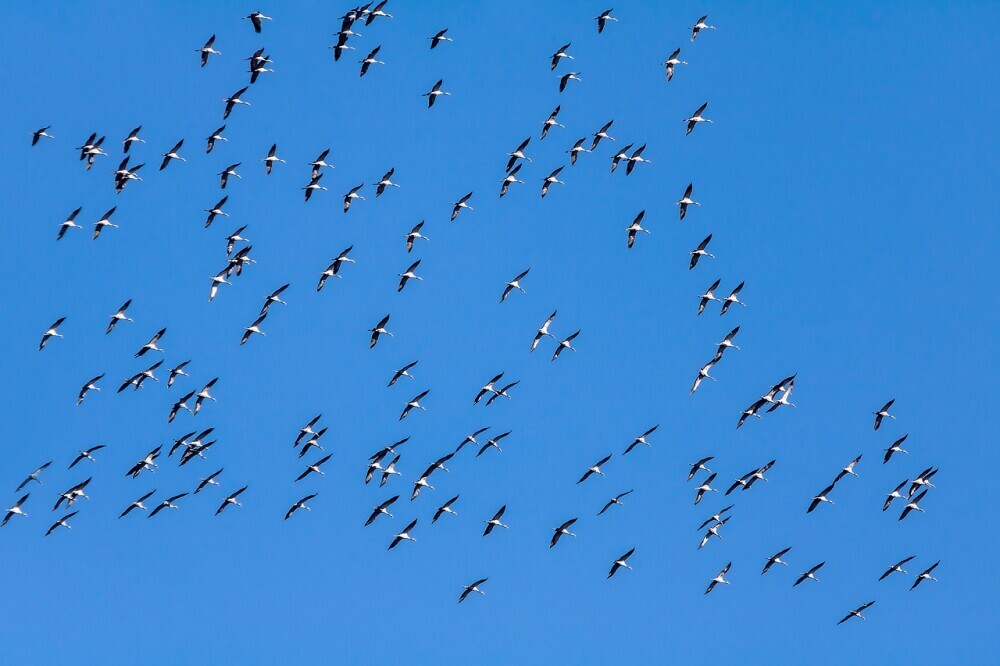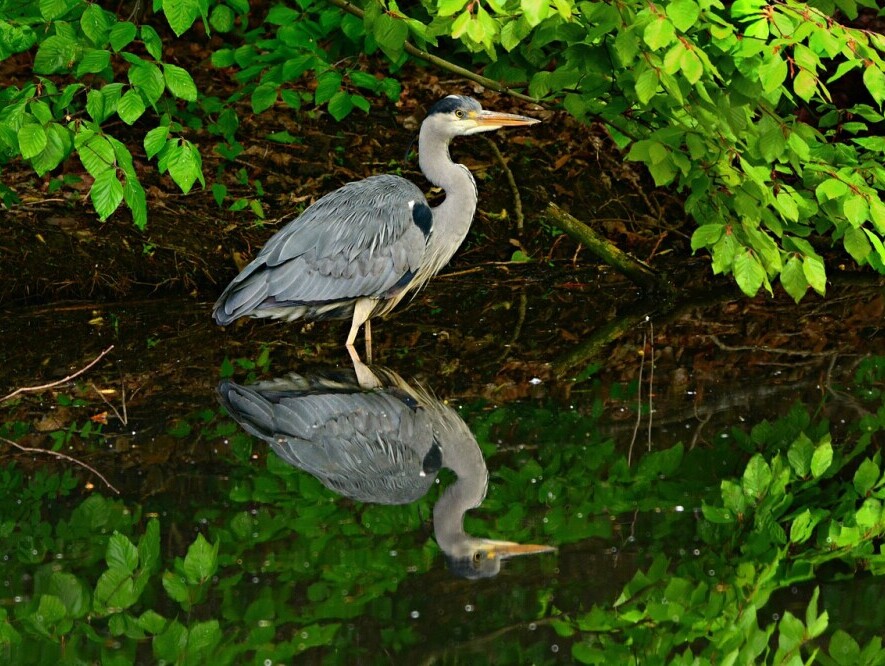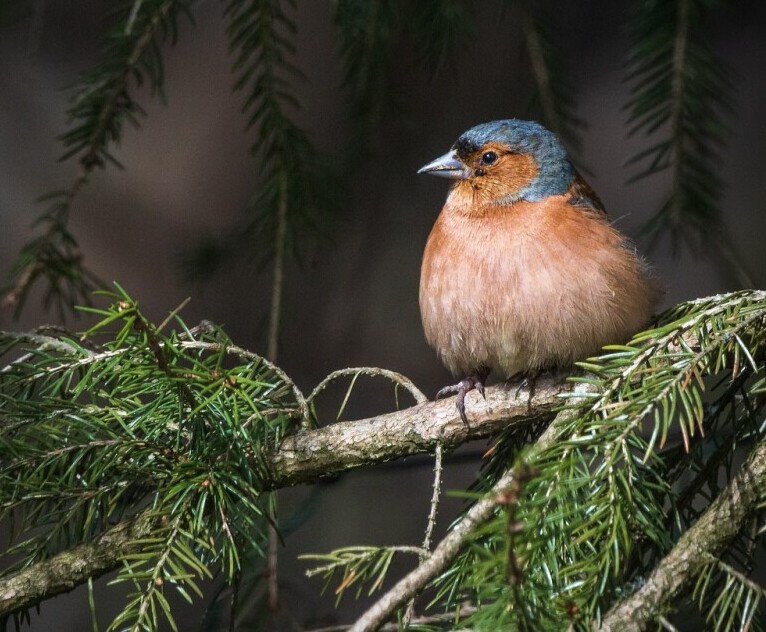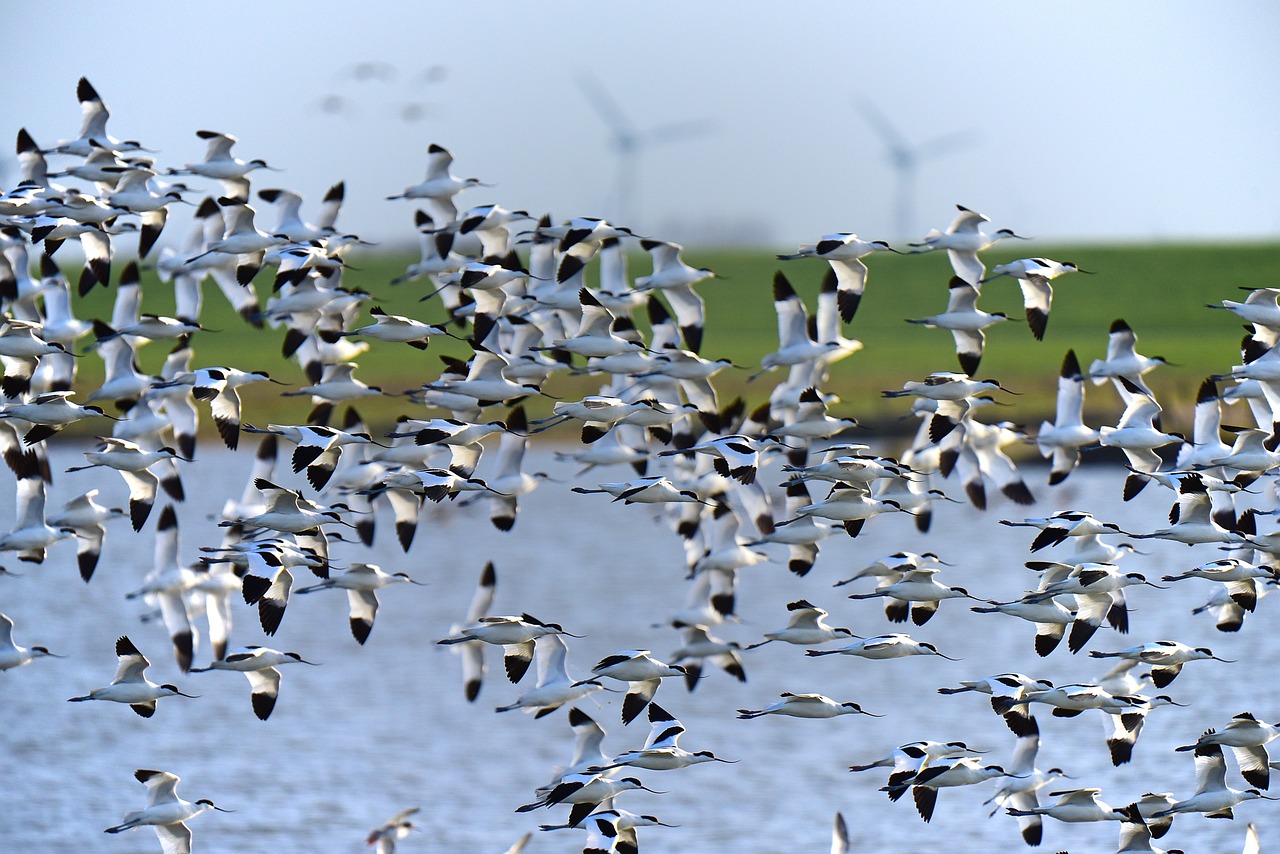The Effects Of Climate Change On Bird Migration
Bird migration is one of nature’s most fascinating phenomena. It involves the regular, often seasonal, movement of bird species from one region to another. This movement is crucial for survival as birds seek out feeding habitats, breeding grounds, and more suitable climates.
The effects of climate change, characterized by rising temperatures, shifting weather patterns, and extreme weather events, exerts an impact on ecosystems worldwide. This in turn effects the delicate balance of bird migration, leading to shifts that have far-reaching consequences.
The interconnection between climate change and bird migration is complex. Warmer temperatures can alter migration routes, change the timing of migrations, and even affect the availability of food sources. Understanding these impacts is crucial for bird conservation efforts and the overall health of global ecosystems.
Changes in Migratory Patterns and Timings
Birds have specific migratory routes they follow year after year. However, climate change is altering these pathways. Some species are taking new or longer routes to find suitable environments, leading to increased energy expenditure and stress.
The timing of migration is also shifting. Birds are now arriving at and leaving from their destinations earlier or later than usual, depending on how climate change affects their natural cues like temperature and food availability. This shift can disrupt their breeding cycles and feeding habits. Birds may arrive at breeding grounds before or after optimal conditions for nesting, or they might find their usual feeding areas depleted or overrun by other species adapting to the same changes.
Several bird species serve as case studies for these shifts. For example, the Arctic Tern, known for its long migratory route from the Arctic to Antarctica, faces significant challenges as rising temperatures impact its feeding grounds in both regions. Monitoring these changes helps us understand and mitigate the effects on bird populations.
Ecological and Biological Impacts on Birds
Bird populations and biodiversity are feeling the strain. Some species are declining in numbers, while others might struggle to adapt or even face extinction. Last year alone, 21 bird species were declared extinct. Shifts in climate can influence bird distribution, pushing some species outside of their usual ranges and making it tough for them to find suitable habitats for survival.
The quality and availability of habitats are also changing. Wetlands are drying up, forests are shifting, and food sources are becoming scarcer or less predictable. Birds rely on specific habitats for breeding, feeding, and shelter, and when these habitats change, birds are forced to adapt rapidly or face significant survival challenges.
Changes in migration patterns and timings can also affect bird behavior and physiology. Birds might change their migration strategies, alter their feeding behaviors, or even show physiological stress. These changes can impact their overall health and the likelihood of successful breeding seasons.
Ecosystem imbalances caused by disrupted migrations go beyond just birds. When certain bird species don’t arrive at their destination as expected, it affects the entire food web. For instance, insects that birds usually eat might see a population boom, which in turn affects plant life and even human agriculture. Recognizing these ripple effects emphasizes the importance of addressing the root causes of climate change for the sake of the entire ecosystem.
Conservation Efforts and Mitigation Strategies
Addressing the impact of climate change on bird migration involves proactive conservation efforts. Organizations and government bodies across the globe are working to create strategies that protect migratory birds and their habitats.
Conservation efforts focus on preserving and restoring crucial habitats. Wetlands, forests, and other natural areas are being protected and rehabilitated to ensure they remain viable for bird populations. Habitat corridors are being established to provide birds with safe passage during their migratory journeys.
Policy makers are also stepping up to address these challenges. Legislation aimed at reducing carbon emissions, curtailing habitat destruction, and protecting critical migratory pathways is critical. Ensuring these policies are enforced and adapted to current climate realities is crucial for long-term success.
Community engagement plays a pivotal role in conservation. Public awareness campaigns are essential in educating people about the effects of climate change on birds and mobilizing support for conservation initiatives. Citizen science projects enable individuals to participate in monitoring bird populations and migrations, providing valuable data for research and policy-making.
Technology is proving to be a powerful tool in conserving migratory birds. Satellite tracking and drone technology help scientists monitor bird movements and identify critical habitats. Data-driven approaches enable better understanding and more effective conservation planning.
There have been notable success stories, such as the recovery of certain wetland habitats that have seen the return of previously dwindling bird populations. However, challenges persist, and continued efforts are needed to adapt to the ever-changing impacts of climate change.
Everyone has a role to play in bird conservation. Simple actions like supporting conservation organizations, reducing personal carbon footprints, and participating in bird-friendly initiatives can make a difference. Protecting birds isn’t just about preserving these incredible creatures; it’s about maintaining the health of our entire planet.

Post Comment